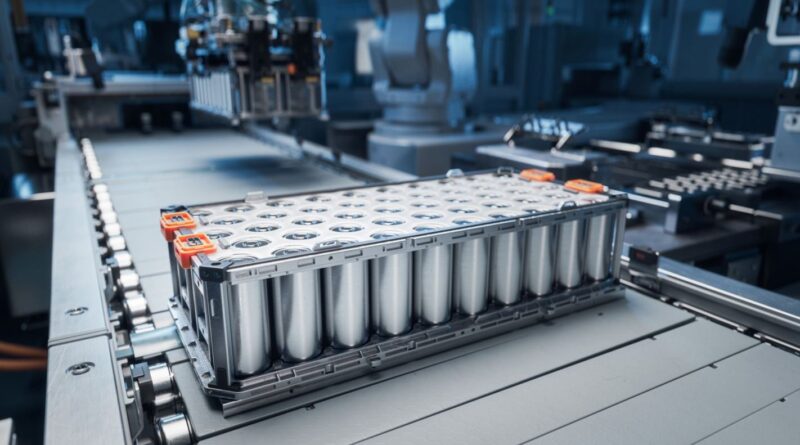New electric vehicle battery could recharge in five minutes,avoid fires: ‘just keep checking these boxes off’
A new electric battery holds tantalizing promise for the future of transportation and power production.
Nanoelectrofuel flow batteries provide an upgrade from traditional flow batteries by boosting energy density via nanoparticles, IEEE Spectrum magazine reported. Their development is being spurred by the U.S. Defense Advanced Research Projects Agency.
The technology is two years away from powering electric vehicles and the wider grid, but it offers advantages over flow and lithium-ion batteries, the latter of which is the standard for EVs and electronic devices.
IEEE Spectrum highlighted the nanofuel’s potential to balance the supply of energy, provide uninterrupted power, and further reinforce the grid with backup sources of electricity. The battery is “small enough for use in an electric vehicle and energy-dense enough to provide the range and the speedy refill of a gasoline-powered vehicle,” it stated.
Influit Energy, a startup seeking to commercialize nanoelectrofuel flow batteries, has used government contracts to improve nanoelectrofuel, the battery architecture, and the recharging and delivery system, according to IEEE Spectrum.
John Katsoudas, company co-founder and chief executive officer, told the outlet the technology can store 15 to 25 times as much energy as traditional flow batteries and will be cheaper and last longer. The new batteries may also outpace lithium-ion cells.
“Influit is now developing a battery with an energy density rated at 550 to 850 watt-hours per kilogram or higher, as compared to 200 to 350 Wh/kg for a standard EV lithium-ion battery,” IEEE Spectrum stated.
The design is fireproof and allows for the quick replacement of used nanofluid—an incredible 400 liters (106 gallons) in five minutes, IEEE Spectrum reported. Those factors are driving the military’s involvement, which in turn comes from the deadlines of 2030 and 2050 to use electric supply vehicles and electric tactical vehicles.
The technology and its safety could be especially conducive to manufacturing electric aircraft.
“You don’t need high-powered cables; you don’t have electromagnetic interference problems,” Starr Ginn, NASA advanced air mobility lead strategist, told IEEE Spectrum. “[Nanoelectrofuel] just keeps checking these boxes off of all the things that are making it hard to build electric airplanes.”
It will, however, have to overcome developments with lithium-ion and other batteries.
As the magazine noted, there has been news of a 711 Wh/kg lithium-ion battery and a lithium manganese iron phosphate battery that can power an EV for 1,000 kilometers (621 miles) and last 130 years. Sodium-ion, graphene, and solid-state batteries are on the move as well.
Source: thecooldown.com




